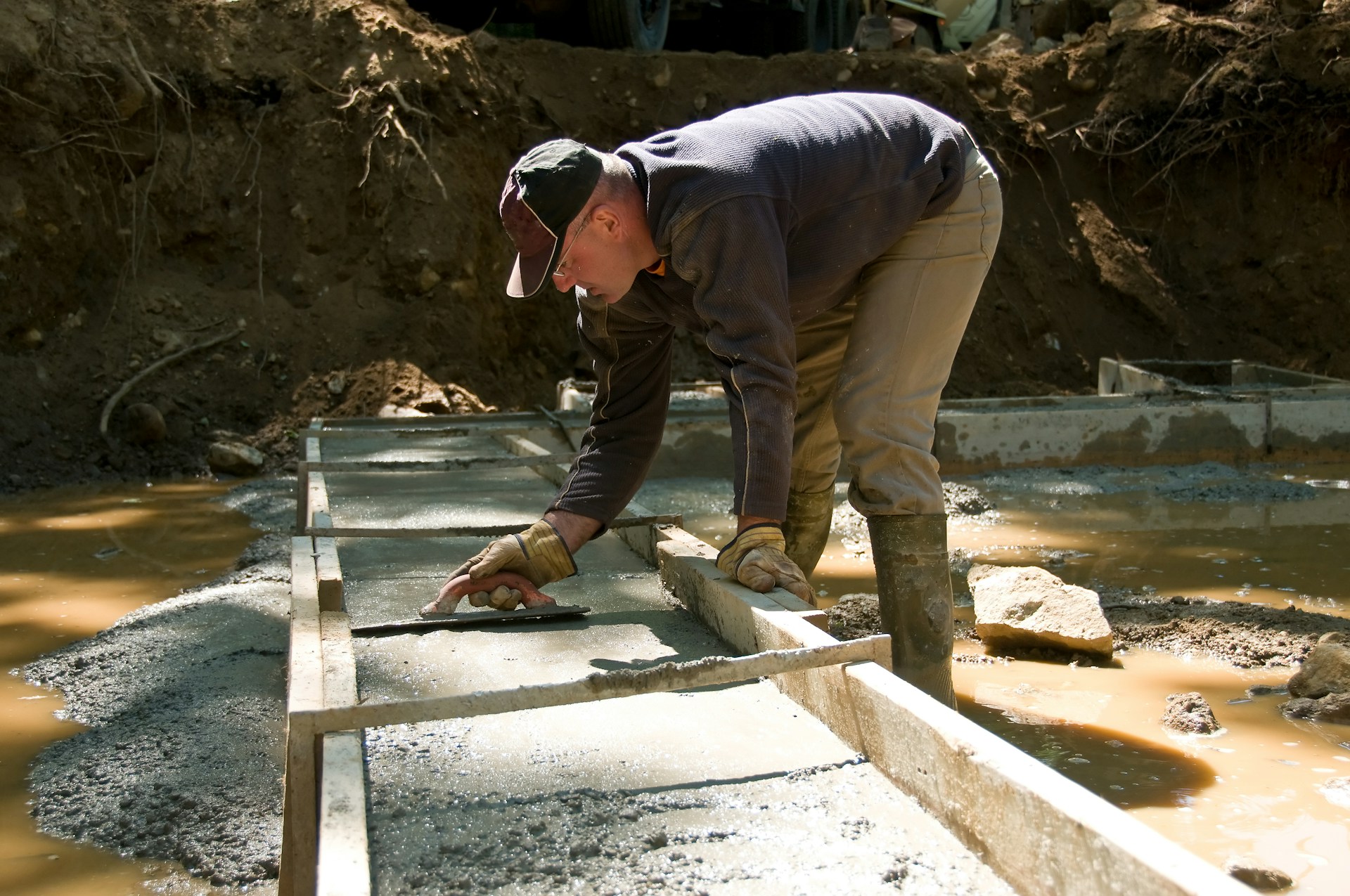If you think that Florida’s sun-kissed landscape is beautiful and unique, I’ll let you in on a secret. Subterranean Florida is just as fascinating, just as splendid, and just as intriguing as the landscape above ground — particularly when seen in the eyes of a geologist. You may not know it, but you live in “Karst Country.” I talked a little bit about karst in my blog, Sinkhole Science for Beginners; however, the meaning of karst and its significance, especially as it relates to sinkholes, truly came to life when I interviewed MCD of Central Florida geologist, Ralph Meder.
One thing I learned about Ralph is that his passion for geology, particularly Florida geology, is unequaled. While sinkholes can have devastating consequences, the “scientist” in Ralph is able to view them objectively and recognize them for the amazing natural phenomenon they really are. I actually heard him describe a sinkhole as, “That was a beautiful hole,” followed by, “scientifically speaking, of course.” As for karst, or karst topology — it is the reason why the ground gives way under our feet sometimes. To understand this a bit better, imagine if you could take the state of Florida and flip it upside down; you would find a menacing, but beautiful prehistoric landscape. To get a vivid picture of Florida’s underground landscape, imagine walking through a vast cave — maybe you’ve been lucky enough to visit the dry caves at Florida Caverns State Park. Perhaps you’ve had the opportunity to do some cave diving in Central Florida. Caves, clear blue streams, springs, and vast limestone tunnels with walls that extend as far as the eye can see, are what underground Florida is all about.
Florida’s underground cave systems are part of its karst topology — a landscape, that in Florida’s case, is composed primarily of stunningly white, very soft, and easily dissolved limestone. Limestone is not a dependable rock when it comes to stability and strength. Take some rain water that contains mild acids, from decaying plants, and things start to collapse. The process of water dissolving limestone is called “dissolution” by geologists like Ralph. This dissolution is what creates the cracks and fissures in the limestone. Eventually, crevices in the limestone get so big that caves, tunnels, underground streams, and sinkholes form — now we have karst landscape. If you want to know where the word, “karst” came from, there are several theories, but the most credible is that it originates in the Slovenian word “kras,” which roughly translates to “stony.”
But, wait there’s more!
You may be wondering, “Well, where did all the soil that covers Florida’s underground world come from?” That’s a great geology question. The answer, according to Ralph Meder, explains why some parts of the state seem to be more prone to sinkholes. The tacky clay layer that is found in certain parts of Florida was deposited there courtesy of ancient rivers that carried it from the Appalachian mountains. Areas of the western Florida panhandle that have thick, dense clay mixed with sand as a topsoil, or “overburden,” tend to have fewer sinkholes because clay keeps rainwater from seeping quickly into the earth and through to the deep, limestone bedrock.
Conversely, the clay layer also prevents the water in the aquifer from escaping. Where there is a thick clay layer, (100 ft or more), the typical landscape features associated with karst (caves, subterranean streams, and sinkholes) are “mostly” absent.
If, however, you live in some parts of West-Central and North Florida, the geology is entirely different. In these parts of Florida, the limestone layer, as Ralph explained, is much closer to the surface because the overburden — sand and clay — has eroded over millions of years. Thin topsoil’s allow acid rain to penetrate the ground to the limestone surface and because there are many subterranean caverns in that part of Florida, catastrophic cover-collapse sinkholes are more likely to occur.
The ultimate truth is this — sinkholes are a natural part of the Florida landscape, just as earthquakes are a part of living in California. As Ralph Meder put it, “Sinkholes can occur all over the state; however, certain areas have a higher potential for their formation. Don’t be afraid, and make sure you keep your sinkhole coverage.”
If you are a Florida native, sinkholes are a moot point. Those of us who relocated to Florida for its warm winters, beautiful beaches, and relaxed lifestyle must learn that sinkholes should not prevent us from living it up in karst country.
If you suspect you have a sinkhole, call the experts at Helicon Foundation Repair. As a recognized leader in sinkhole remediation and with over a decade of experience, Helicon Foundation Repair has completed thousands of successful projects.





